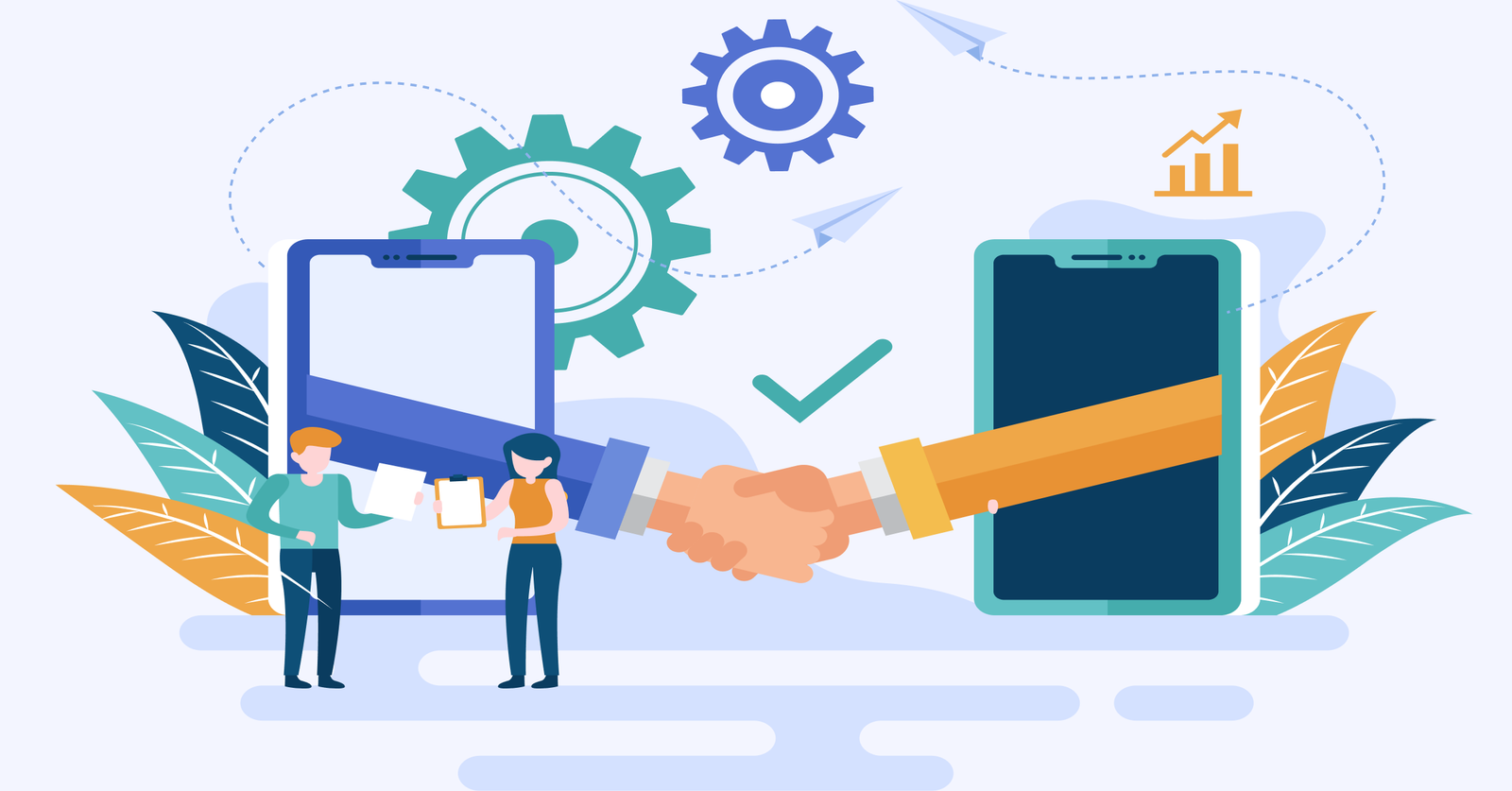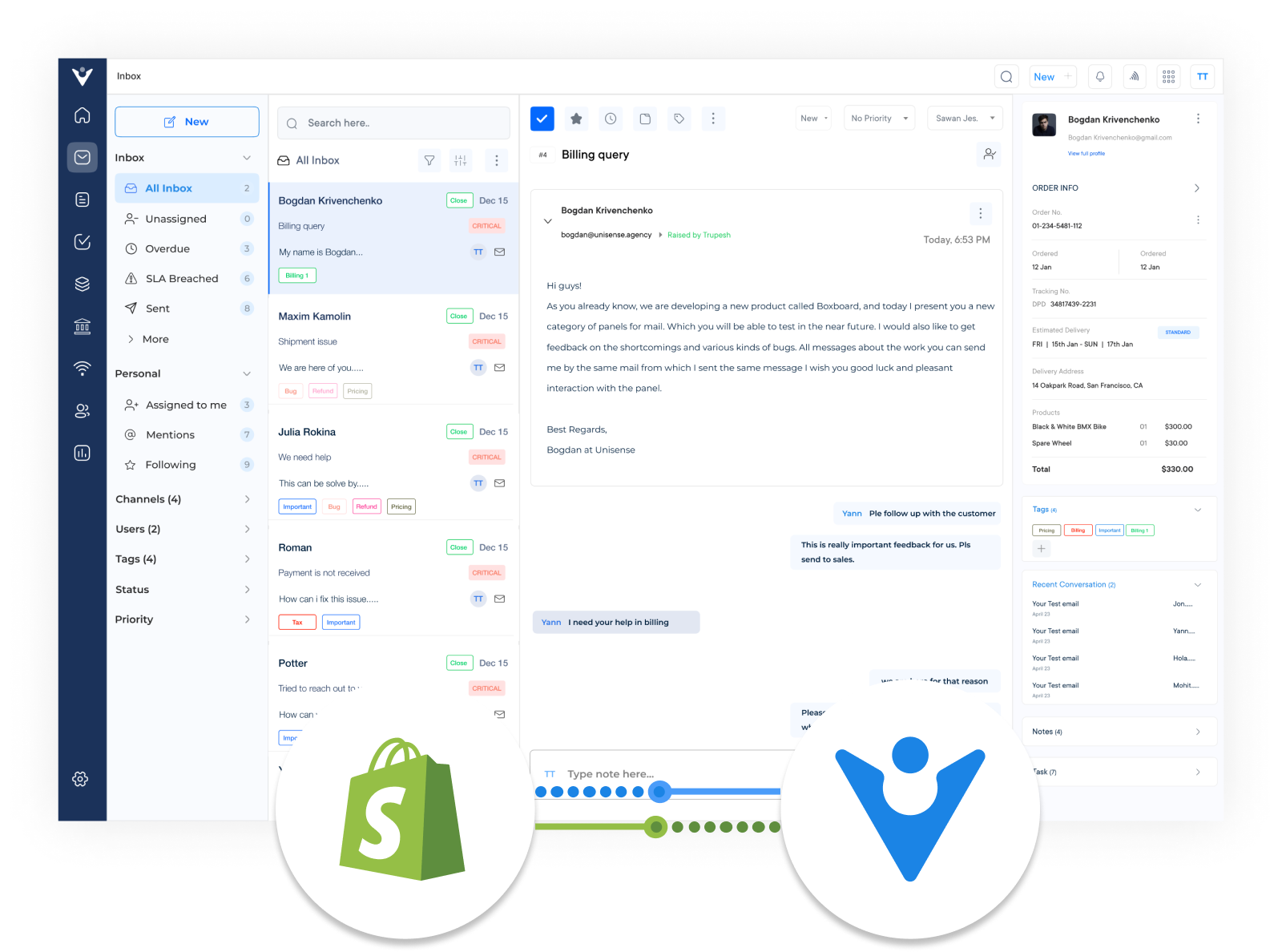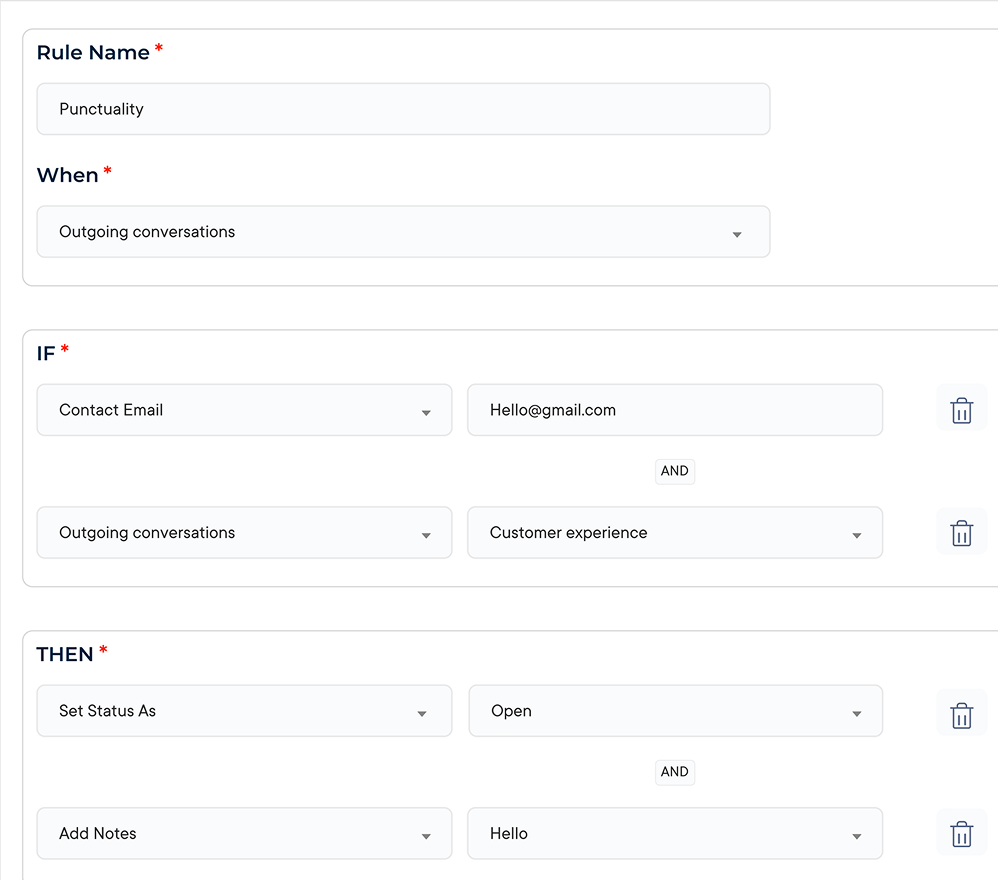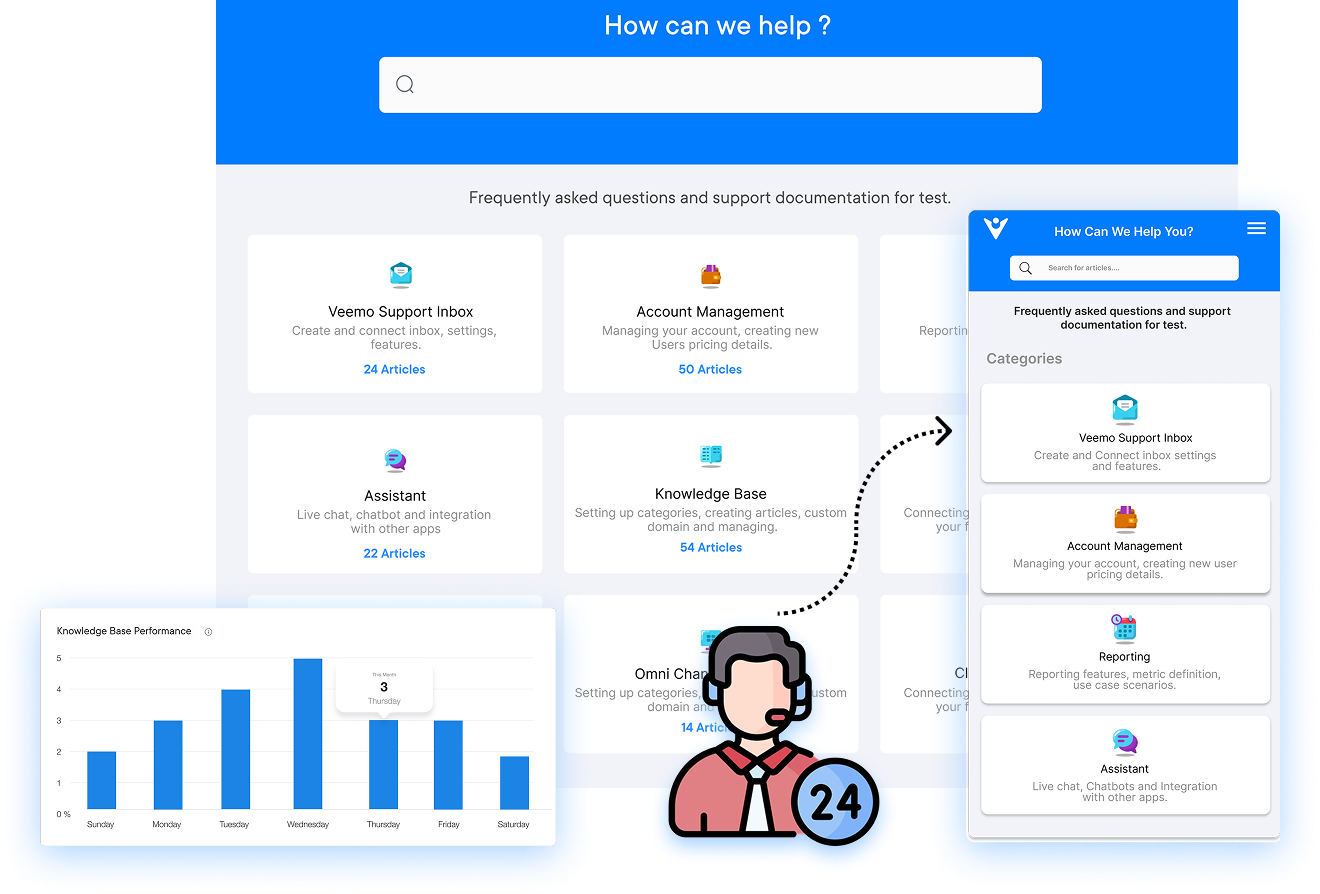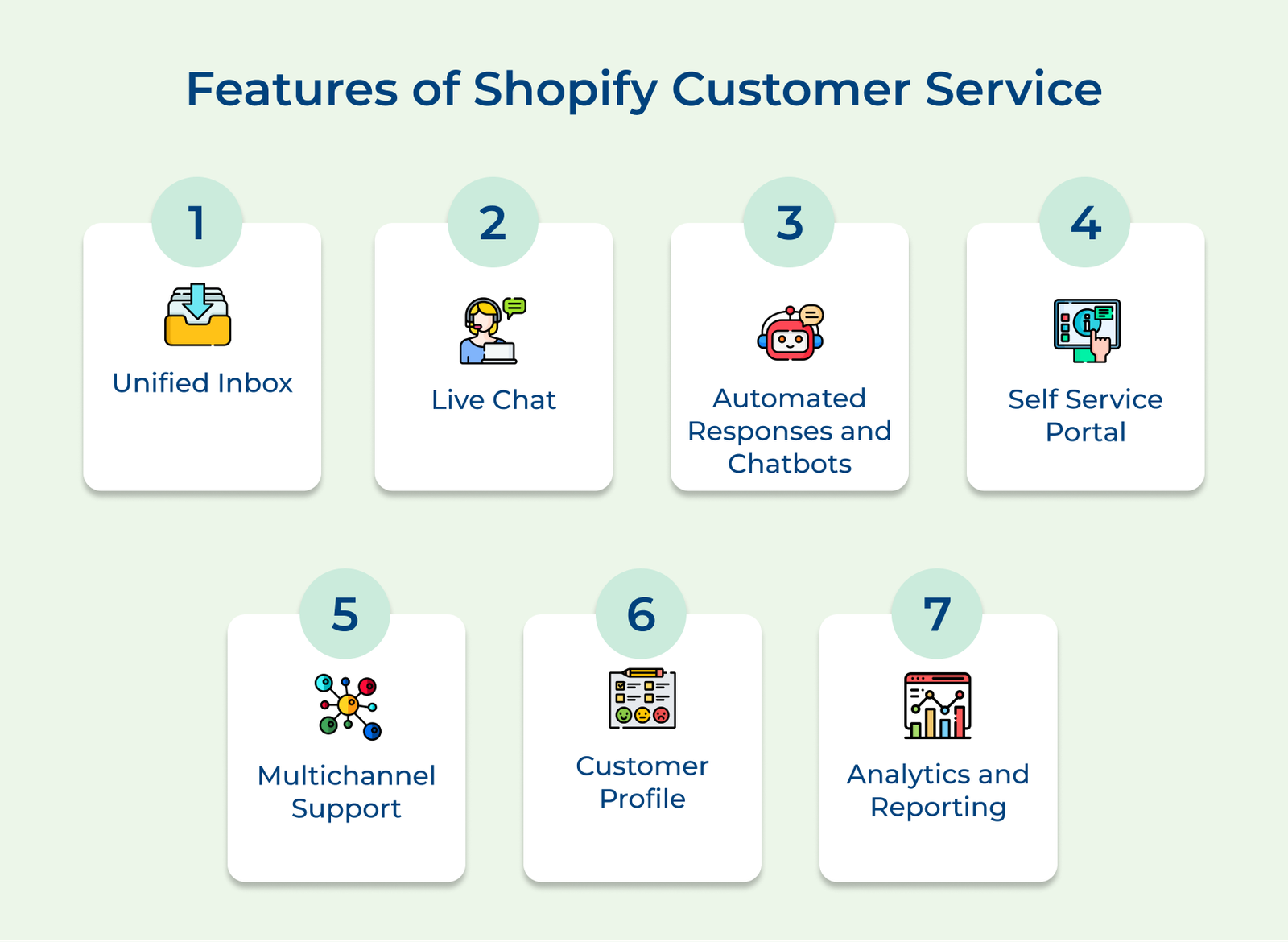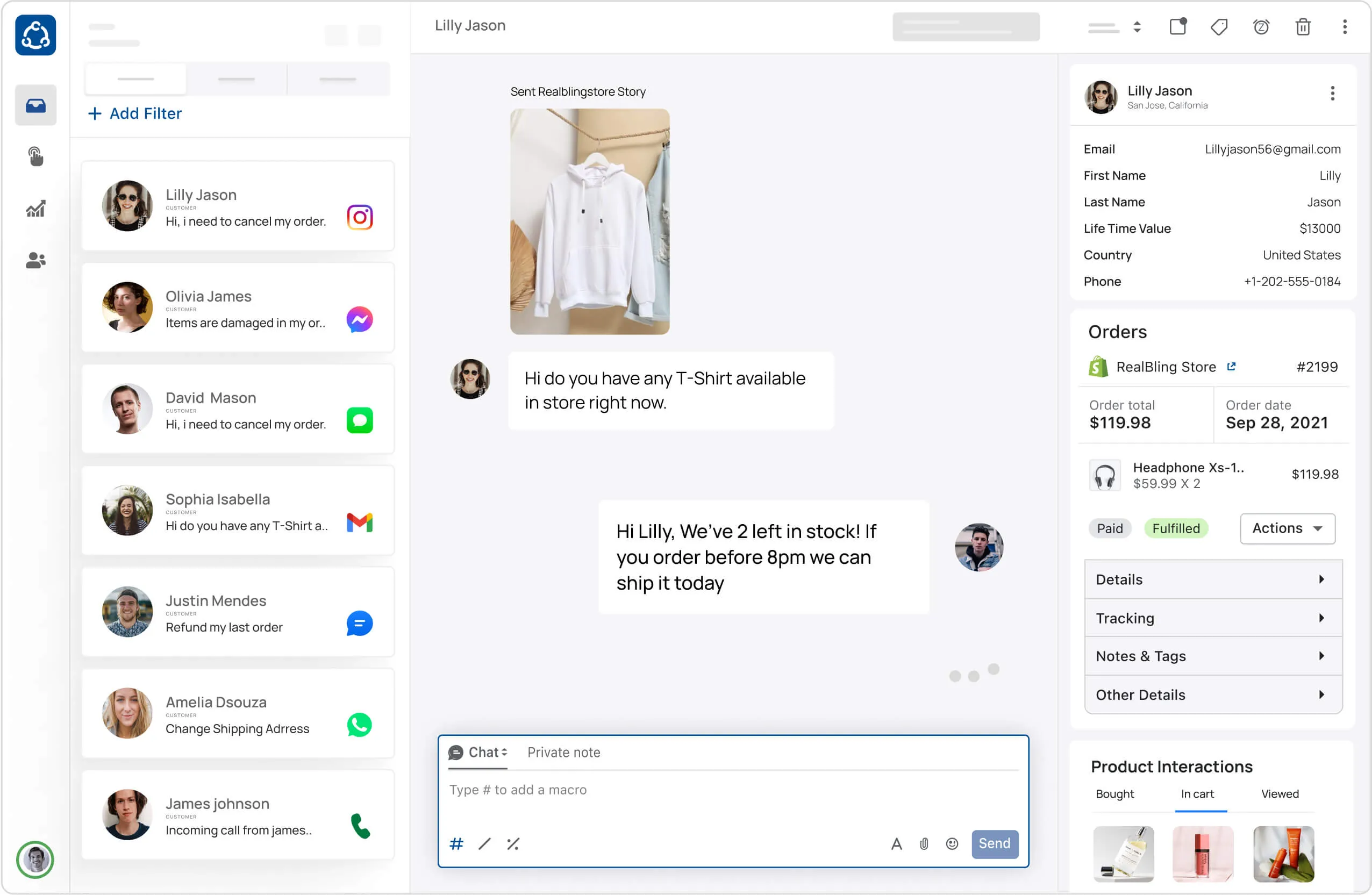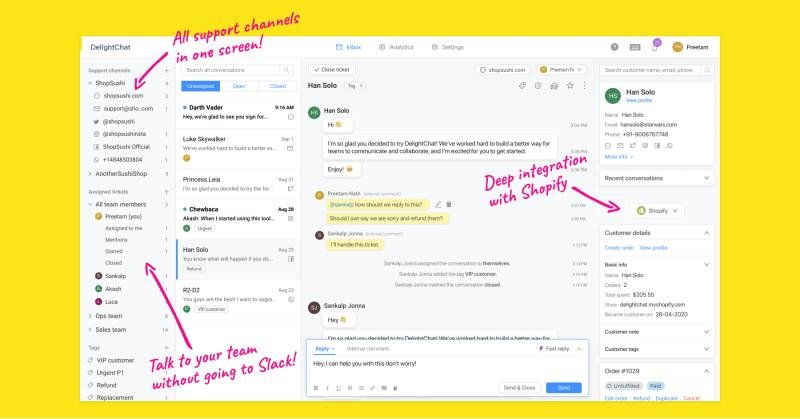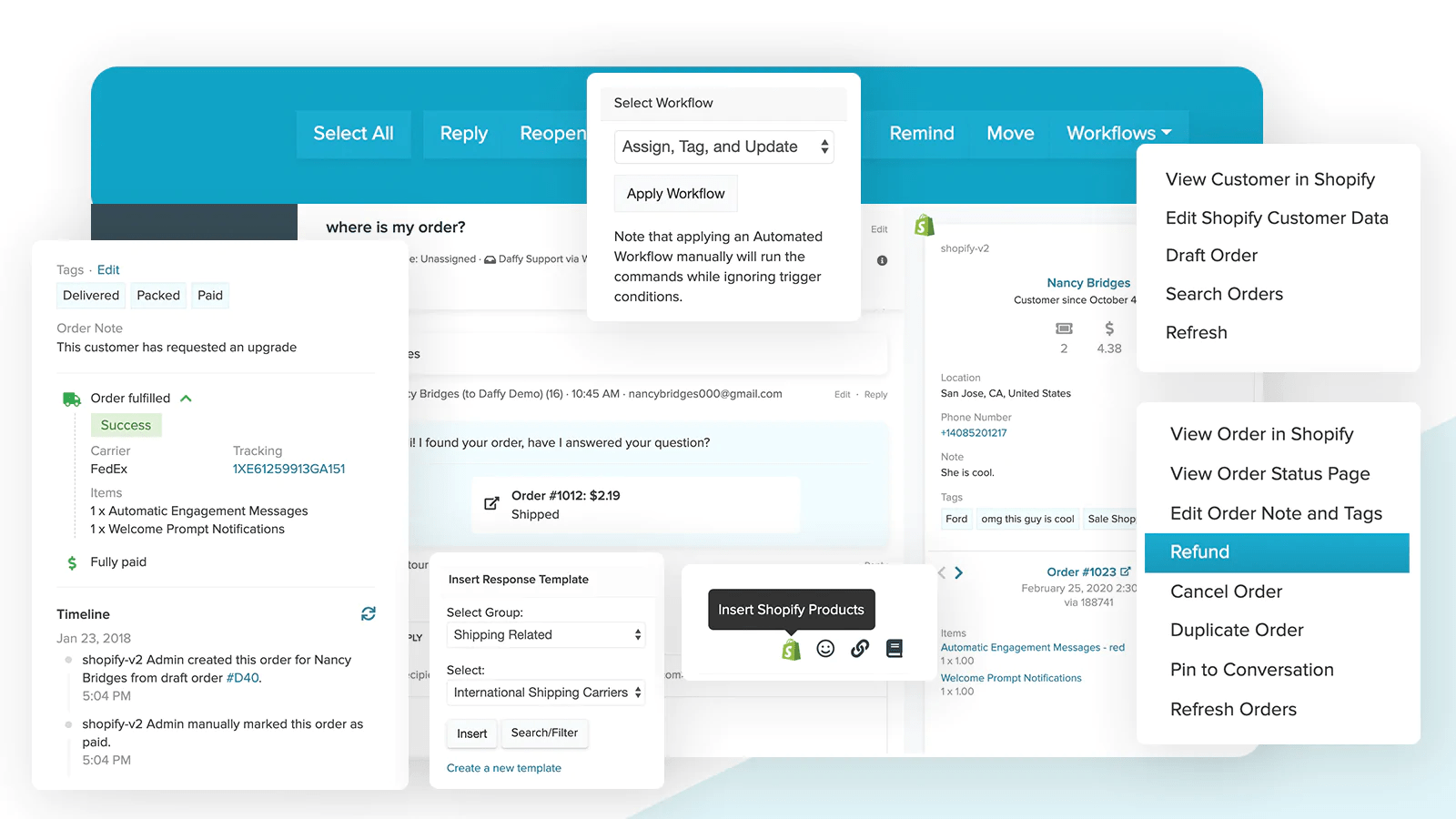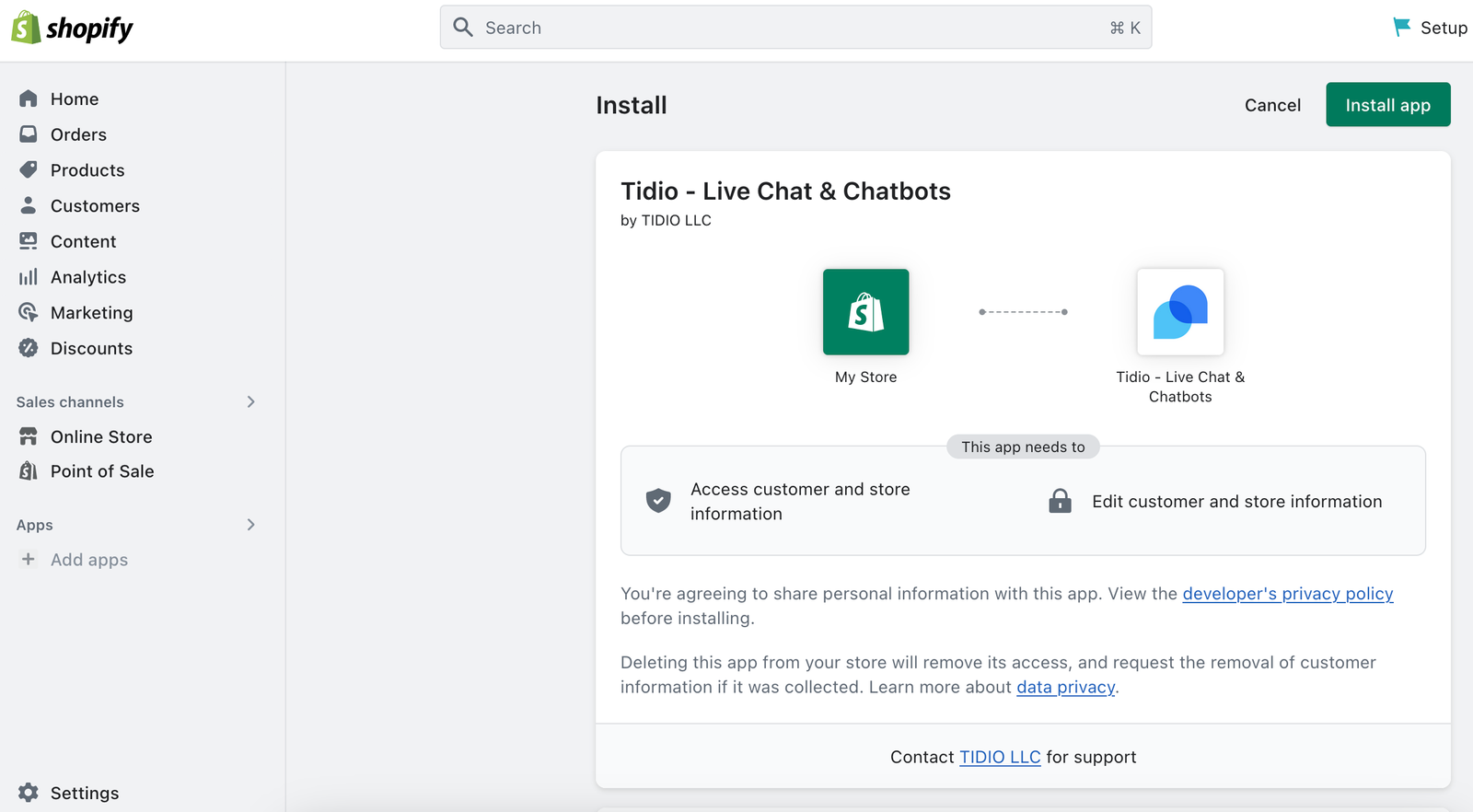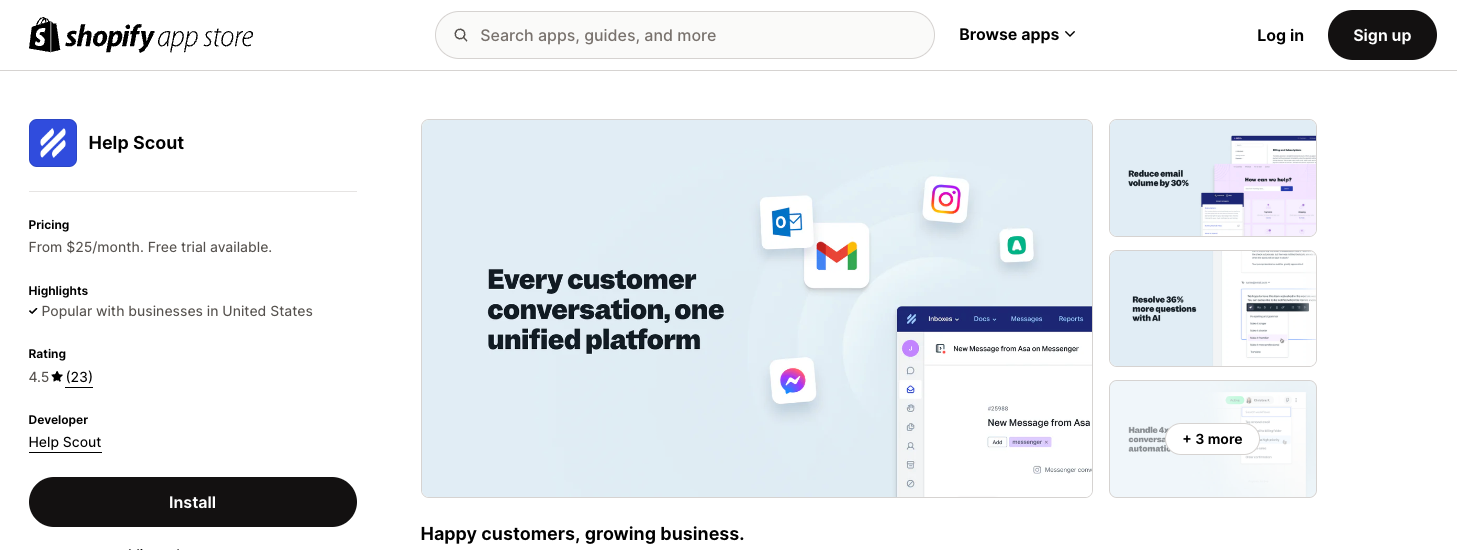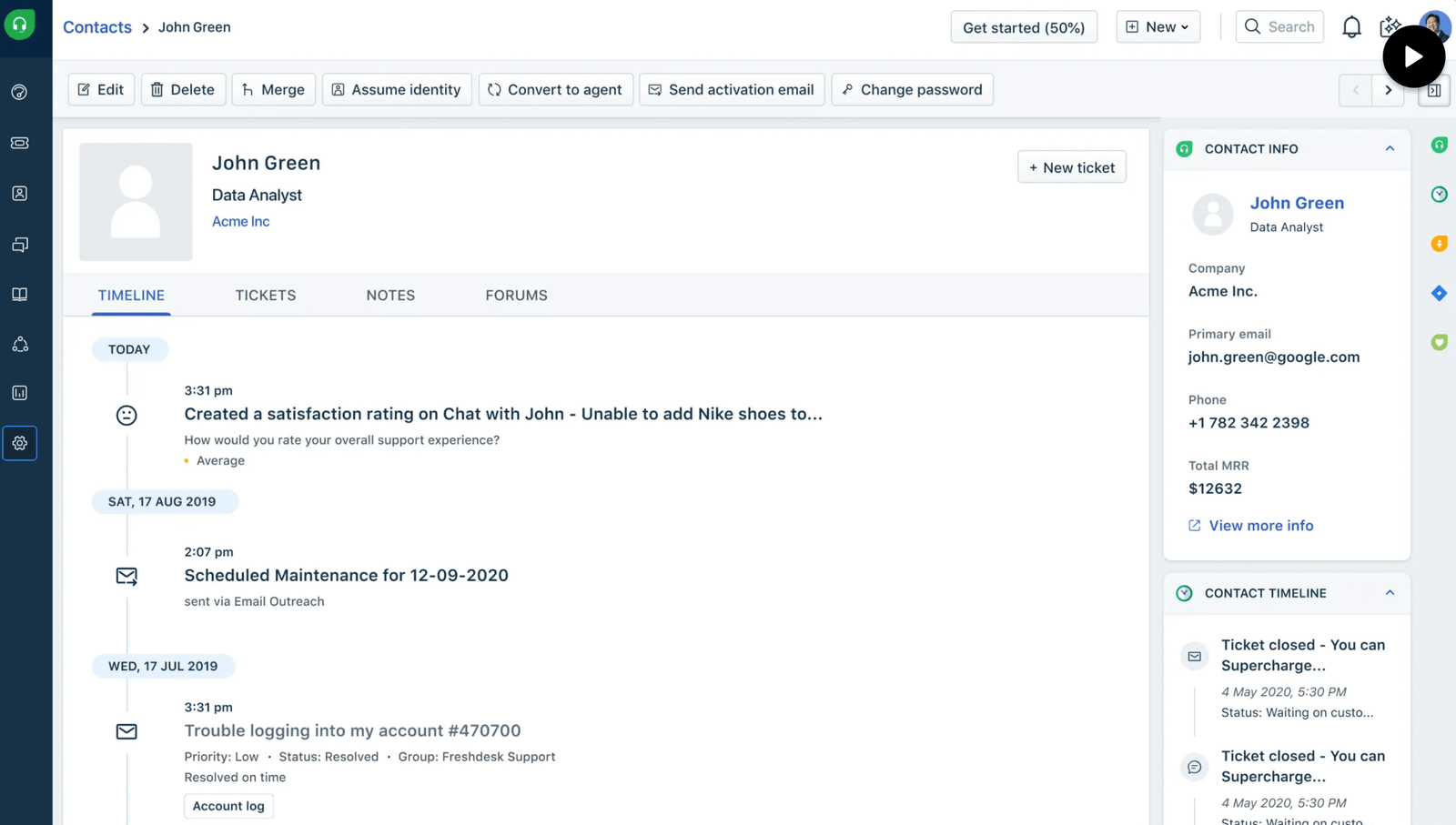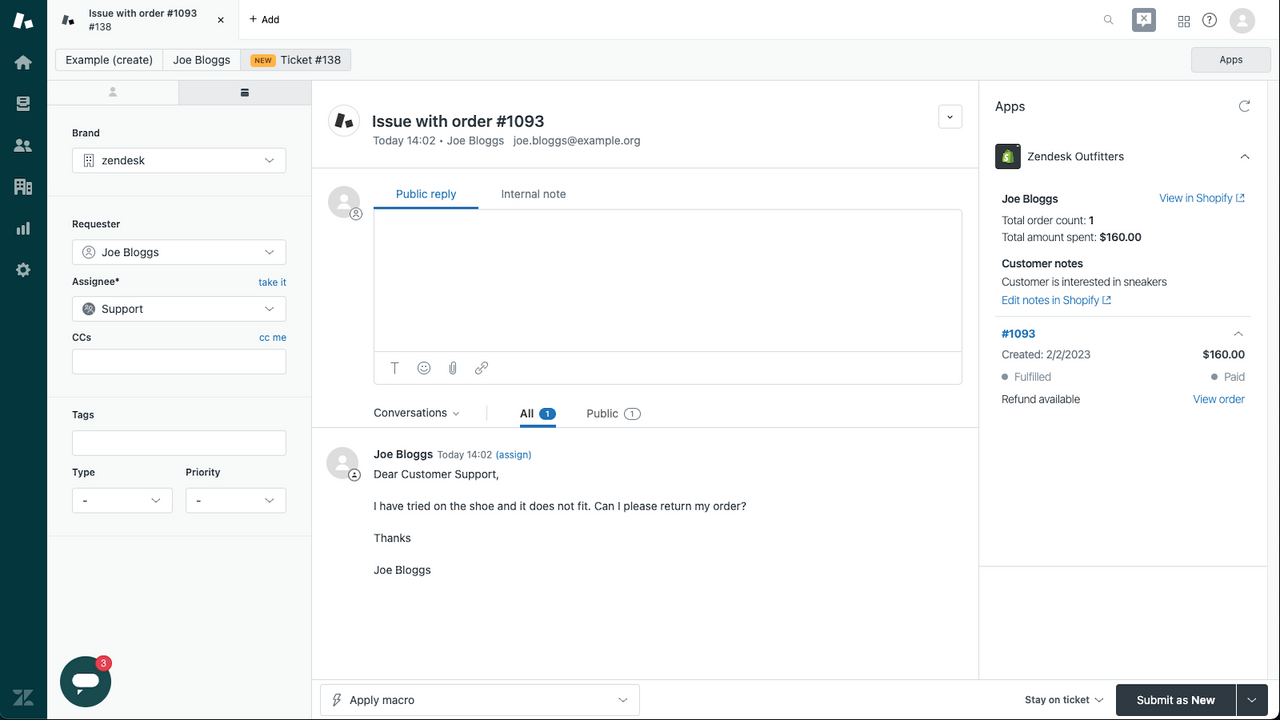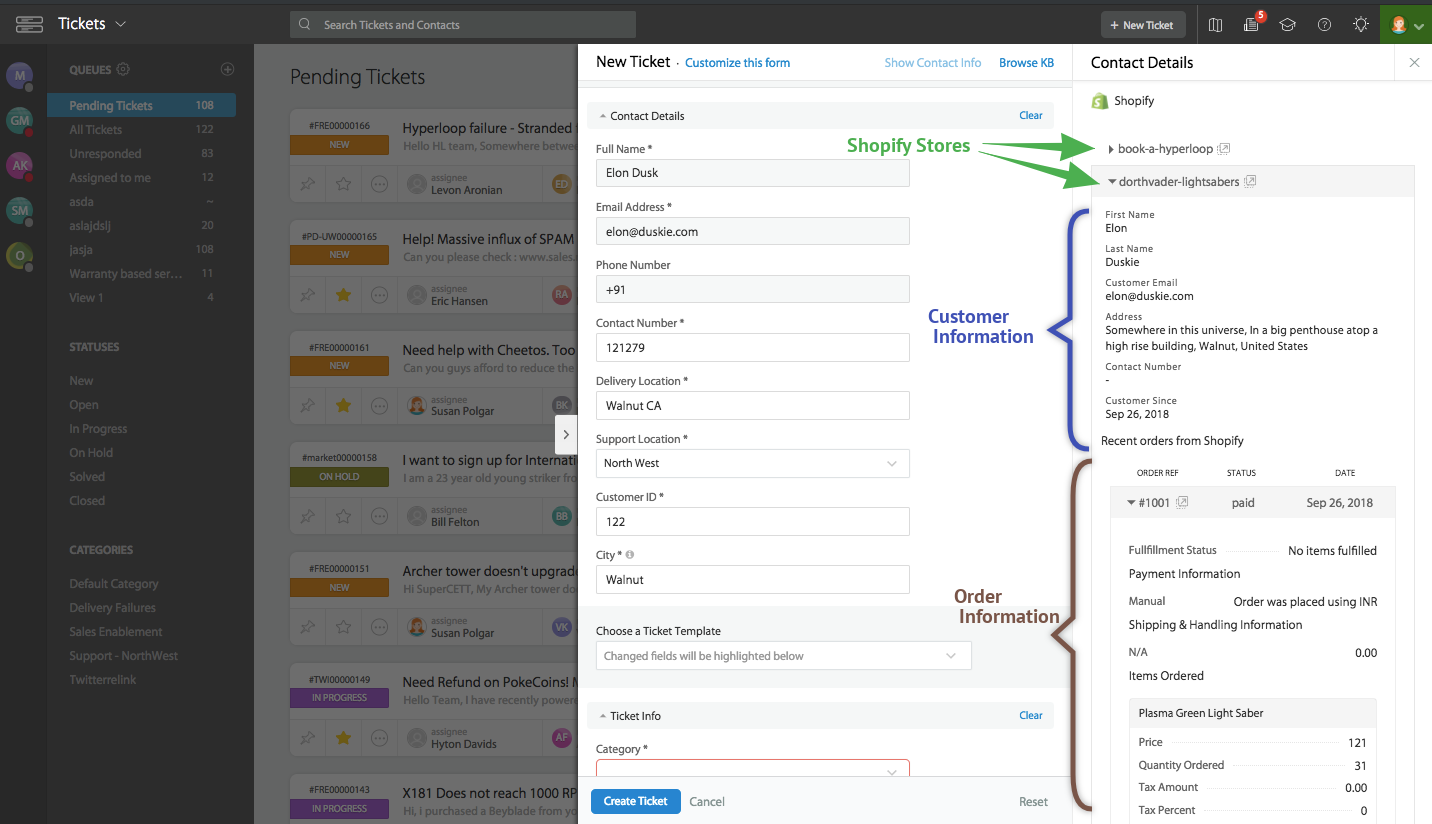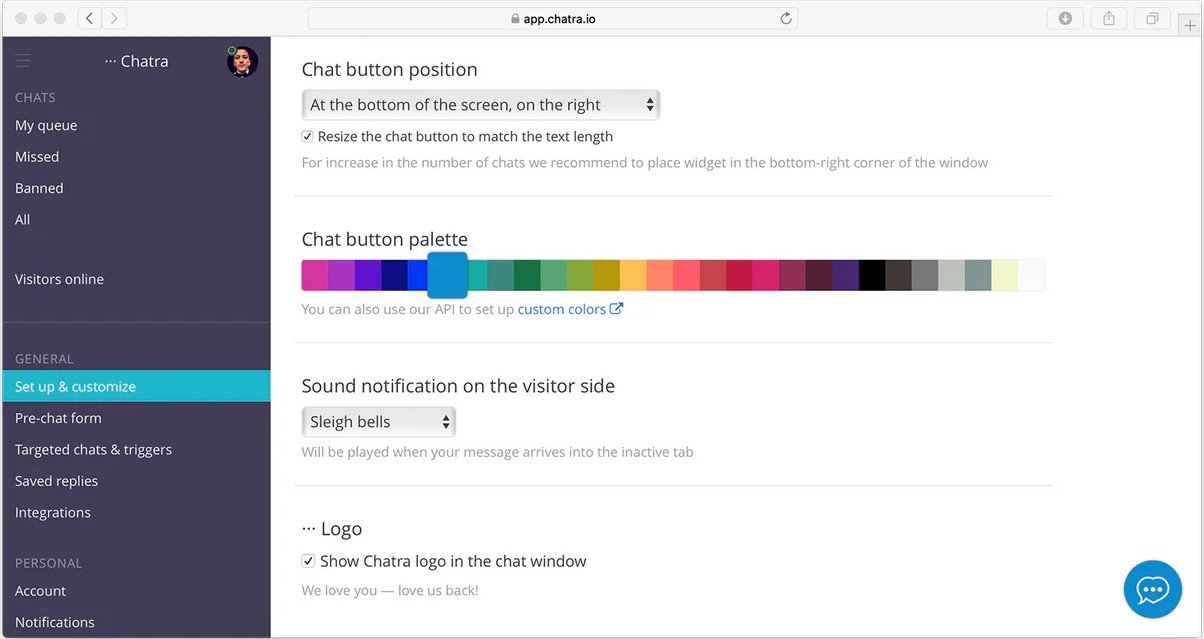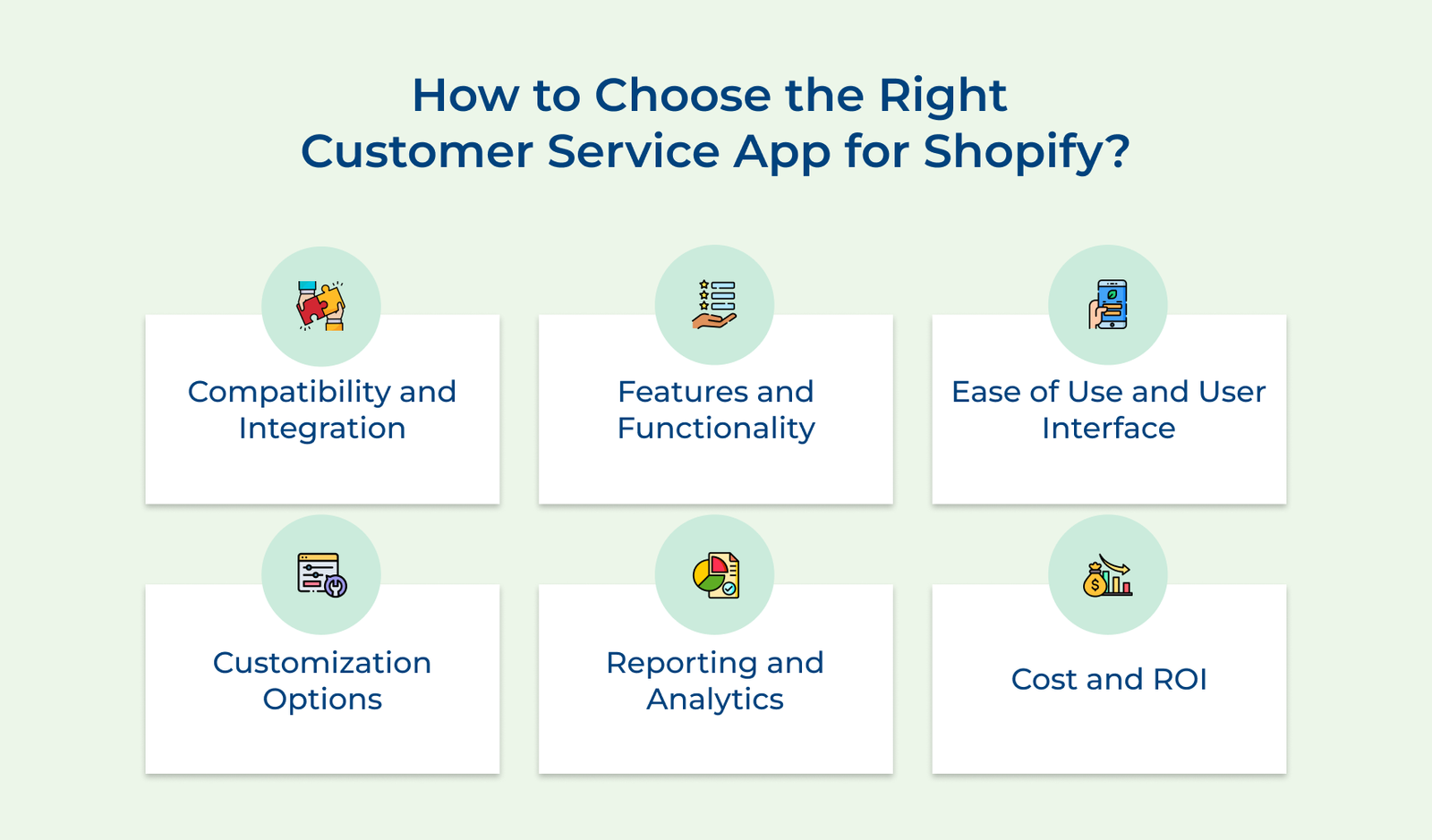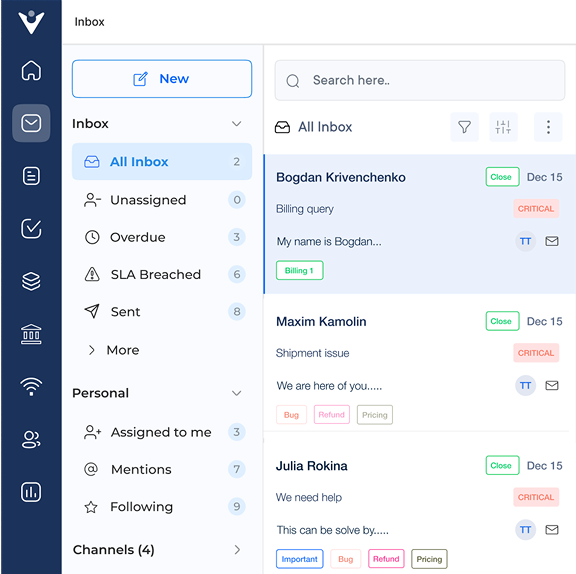1. Unified Inbox
A centralized inbox consolidates messages from various channels such as email, live chat, and SMS into a single interface. Support agents can manage and respond to all customer inquiries from one place. Unified inboxes are a hallmark of modern customer service tools, typically including features like ticket assignment and status tracking to ensure efficient handling of customer issues.
2. Live Chat
Live chat functionality enables real-time communication between customers and support agents. The feature is crucial for providing immediate assistance, answering quick questions and guiding customers through the purchasing process. Many apps offer customizable chat widgets that can be easily integrated into Shopify stores.
3. Automated Responses and Chatbots
Many apps offer AI-powered chatbots and automated response systems that can handle queries without human intervention. The systems can be programmed to provide instant answers to FAQs or collect initial information before routing complex issues to human agents.
4. Knowledge Base and Self-Service Portal
A comprehensive knowledge base or self-service portal empowers customers to find answers to their questions independently. The feature typically includes a searchable database of articles, FAQs and guides covering common issues. Businesses can reduce the volume of support tickets and improve customer satisfaction by providing easily accessible information.
5. Multichannel Support
Customers expect support across various platforms in the omnichannel retail environment.
Top customer service apps offer multiple communication channels, including email, social media platforms (like Facebook) SMS and phone support. The feature ensures that businesses can meet customers where they are most comfortable, providing a seamless support experience across all touchpoints.
6. Customer Profile
Detailed customer profiles give support agents valuable context when handling inquiries. The feature integrates with Shopify’s customer data, providing agents with a comprehensive view of a customer’s purchase history and any relevant notes. Access to the information allows for more personalized support as agents can quickly understand the customer’s background and potential issues.
7. Analytics and Reporting
Robust analytics and reporting capabilities are essential for continually improving customer service operations. Leading e-commerce customer service software provides detailed insights into key metrics such as response times, resolution rates, customer satisfaction scores, and agent performance. These reports help businesses identify trends, spot areas for improvement, and make data-driven decisions to enhance their customer service strategy.
8. Team Collaboration Tools
Effective customer service often requires collaboration between team members. Many apps include features that facilitate teamwork, such as internal notes on tickets, the ability to mention colleagues and shared macros or response templates.
